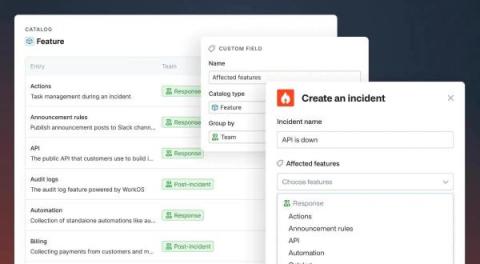We used GPT-4 during a hackathon-here's what we learned
We recently ran our first hackathon in quite some time. Over two days, our team collaborated in groups on various topics. By the end of it, we had 12 demos to share with the rest of the team. These ranged from improvements in debugging HTTP request responses to the delightful “automatic swag sharer.” Within our groups, a number of us tried integrating with OpenAI’s GPT to see what smarts we could bring to our product.










